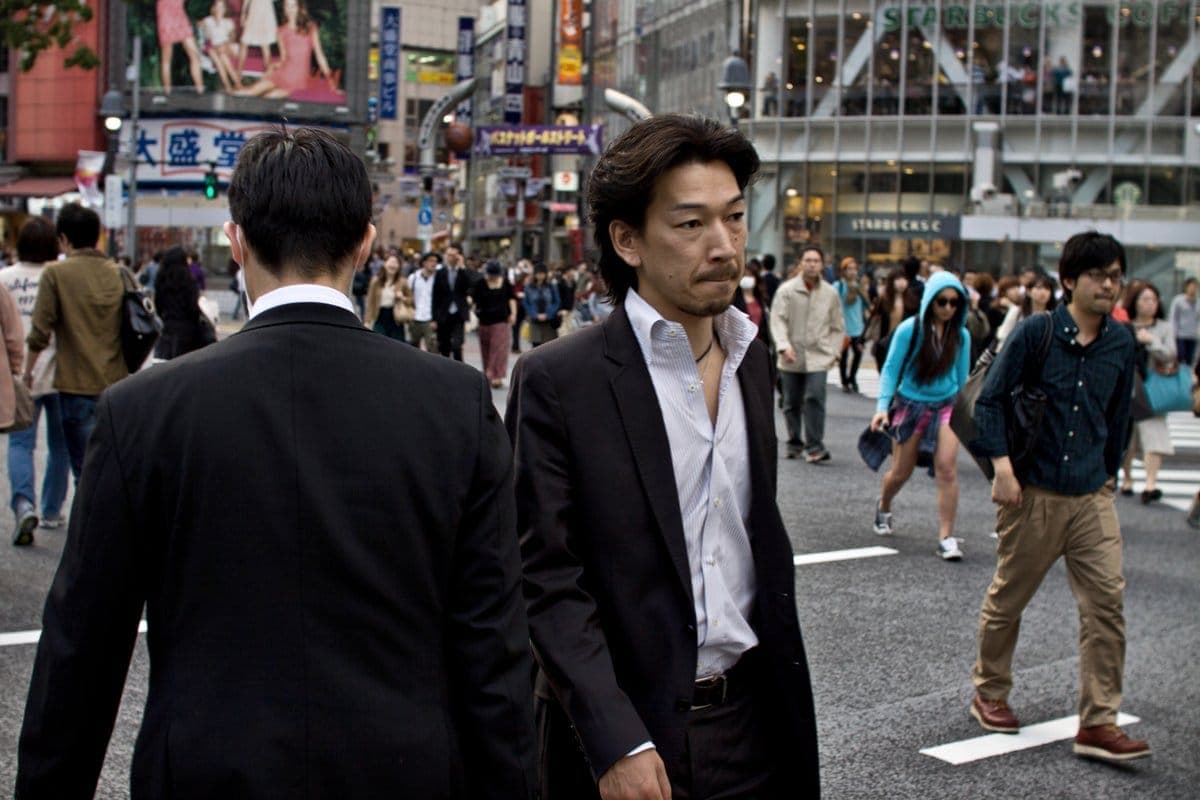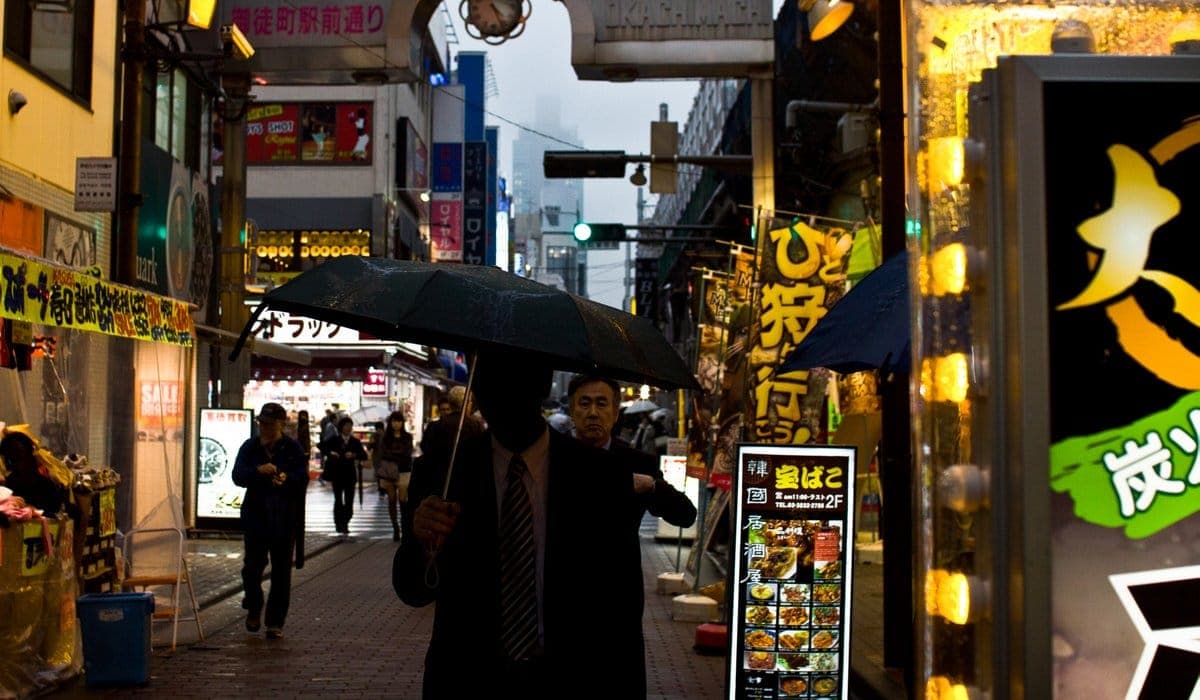tragicomical life of japanese businessmen (Tokyo – Osaka)
For years they would go out drinking with colleagues and clients, returning home drunk at 2am
before rising at dawn to head back to the office. Sometimes they just sleep in the streets because they cannot afford a taxi as they are only the sheeps of the huge corporates.
They work daily 14 hours or even more.
I made this series and named it by my favourite band’s song: Kraftwerk: “The Man-Machine”. I was very inspired because the japanese businessmen are a lot like the robots.
They are walking in the streets like ghosts self centered deeply focused at their own career that isn’t very bright but their visions are different. “Only 5 more years and i will get to the higher position in this neverending pyramid”.
I was sleeping in the streets for the same reason sometimes. I was staying via CouchSurfing and could not stay inside of a flat alone as a foreigner so when i came in the morning after the night shoot i slept one hour and came back to the streets to find a decent quite park to sleep in.
That is how the 'salaryman' became the corner
stone of modern Japan, the white-collar worker who helped create the world's second-largest
economy after WWII. But the 'Salaryman' a term coined in the 1920's, is now becoming a figure
of the past, due to a generational shift. This fact has huge implications in a country in which the
company is the dominant institution in people's lives, and affects Japanese society as a whole.
The salaryman system has buckled under the strains on the Japanese economy. Government
figures in 2014 revealed that Japan's population shrank for the third year running, with the
elderly comprising 25% of the total for the first time. The proportion of people aged 65 or over is
predicted to reach nearly 40% of the population in 2060, the government has warned. Having
lost over half a million people in the past two years and with projections of at least a 50 percent
decline in the population through the end of this century, Japan sits at the leading edge of
population change beginning in other parts of East Asia as well as Europe.
Read more +

































